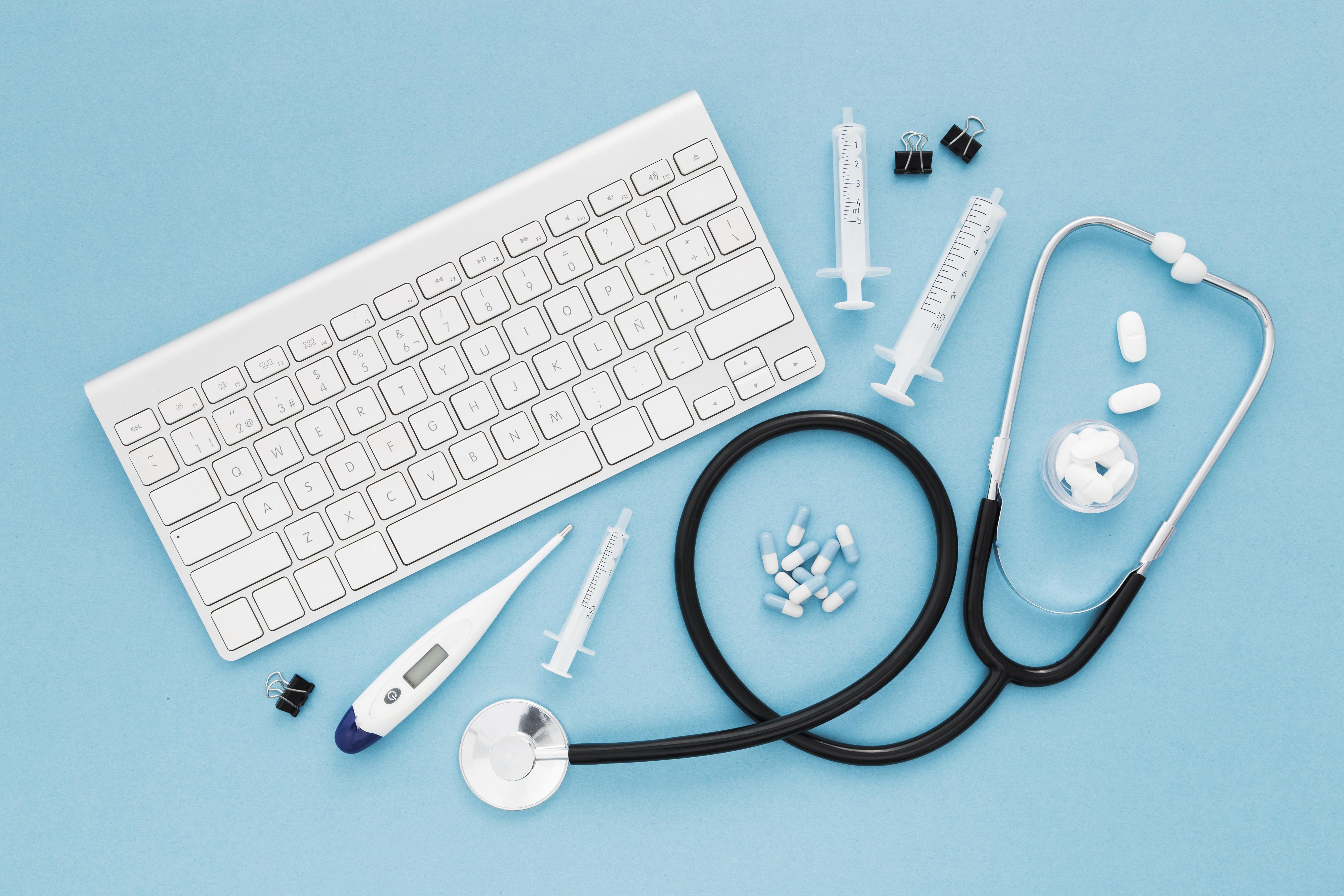
It addresses hazardous substances in medical devices. It was officially implemented on May 26, 2021.
Goal:
The Medical Devices Regulation (EU) 2017/745 ("MDR") introduces a notable provision regarding the regulation of carcinogenic, mutagenic, or toxic to reproduction (CMR) and/or endocrine-disrupting substances. According to the MDR, medical devices must not contain CMR and/or endocrine-disrupting substances in a concentration exceeding 0.1% weight by weight (w/w) of the components. Extra consideration should be given to nanomaterials, unless they only come into contact with intact skin.
Products in scope:
Devices, or their components or materials used within them, that fall under the following criteria:
- They are invasive and directly come into contact with the human body.
- They (re)administer medicines, body fluids, or other substances, including gases, to/from the body.
- They transport or store such medicines, body fluids, or substances, including gases, for the purpose of (re)administration to the body.
Devices must be designed and manufactured in a manner that minimizes the risks associated with substances or particles, including wear debris, degradation products, and processing residues that may be released from the device.
Additionally, medical devices must not contain the following substances above a concentration of 0.1% weight by weight (w/w) of the article:
- Carcinogenic, mutagenic, or toxic to reproduction (CMR) substances classified as category 1A or 1B, as defined in Part 3 of Annex VI to CLP Regulation (EC) No 1272/2008.
- Substances that are identified as endocrine-disrupting according to Article 59 of REACH Regulation (EC) No 1907/2006 and Article 5(3) of the biocidal products Regulation (EU) No 528/2012.
The current list comprises over 1000 substances, and it will be updated every six months to include new additions or revisions.
Responsibilities of Manufacturers when Exceeding the 0.1% w/w Threshold
The manufacturer is required to perform the following actions:
- Conduct a benefit-risk assessment and provide a justification in the technical file.
- Clearly label the presence of these substances on the device itself and/or on the packaging for each unit. Alternatively, if applicable, the labeling should be placed on the sales packaging along with a list of such substances.
- Include instructions for use specifically tailored for patient groups that are considered particularly vulnerable to these substances.
- Ensure the maintenance of the UDI (Unique Device Identification) Online Database, which contains relevant information about the medical device.
By fulfilling these obligations, manufacturers can meet regulatory requirements and ensure the safety and transparency of their medical devices.
Product Compliance Consultant
ComplyMarket UG (haftungsbeschraenkt)
ComplyMarket is a Total Compliance Solutions provider, using the power of AI to identify compliance requirements and perform risk assessments. Our expertise extends to the development of the first-ever open-source software designed specifically for supply chain management. This groundbreaking tool enables the efficient collection of compliance and sustainability information from suppliers, empowering our clients to uphold the highest standards of regulatory compliance and environmental stewardship.